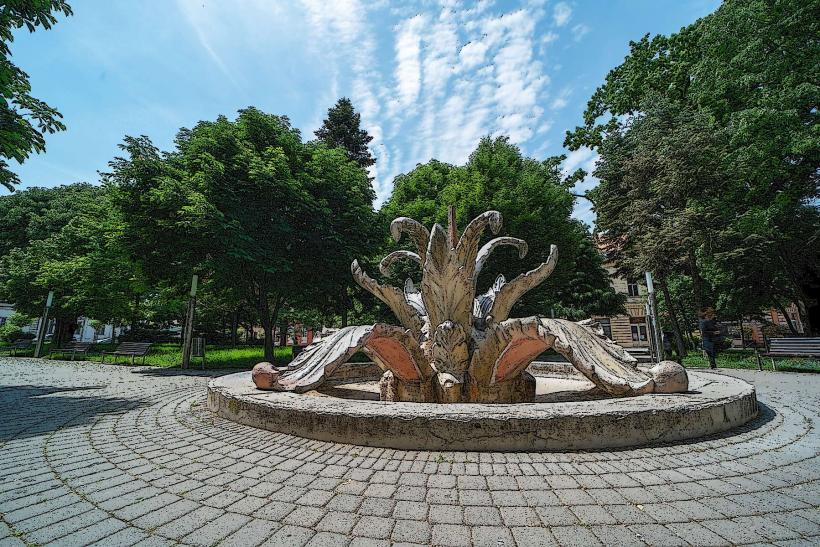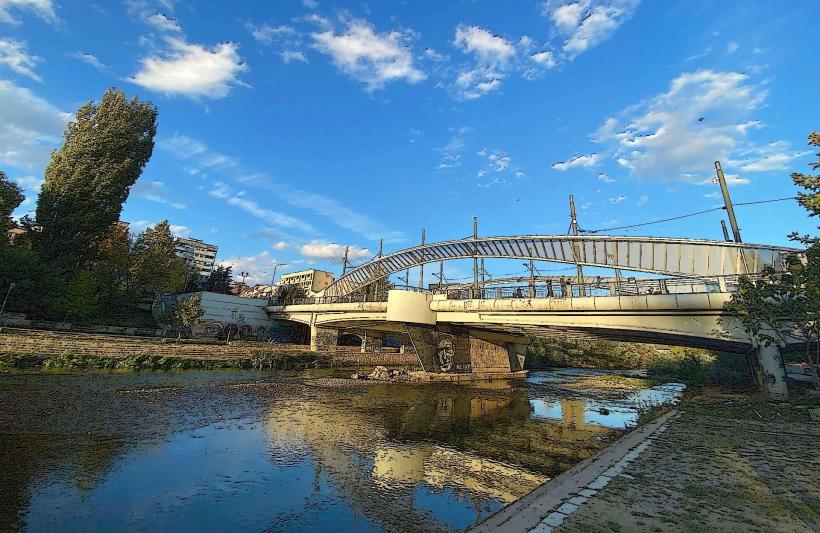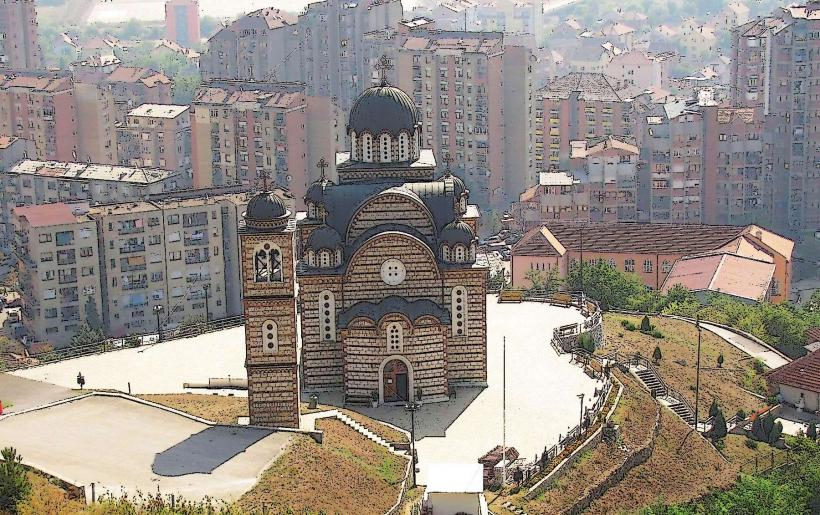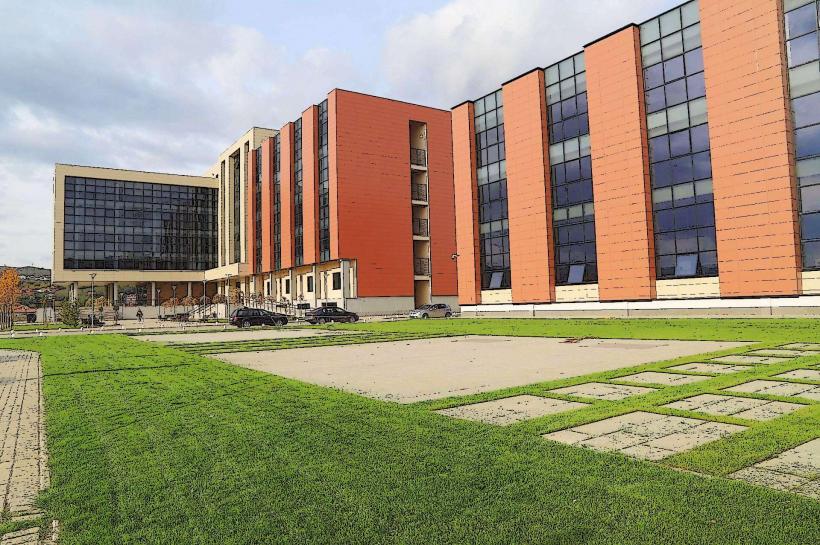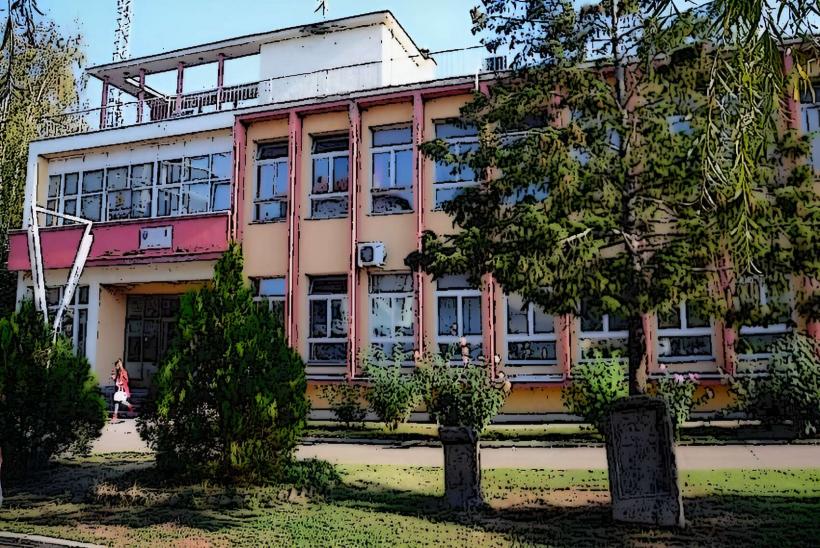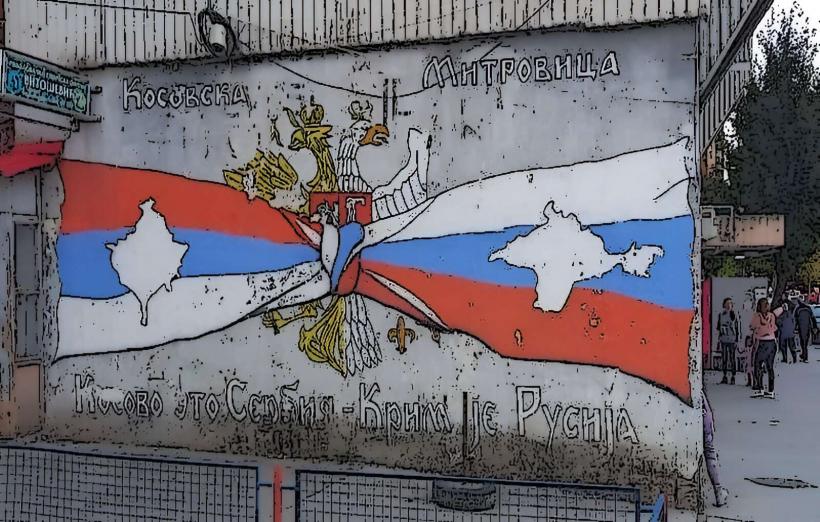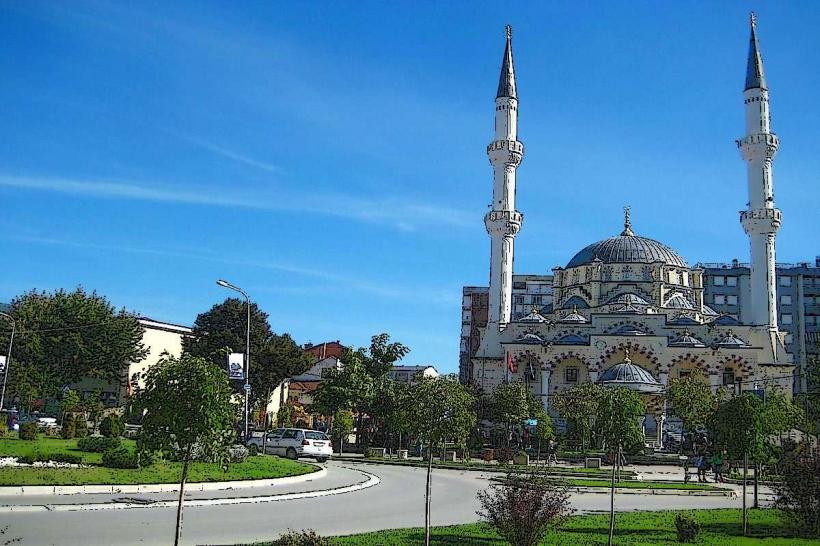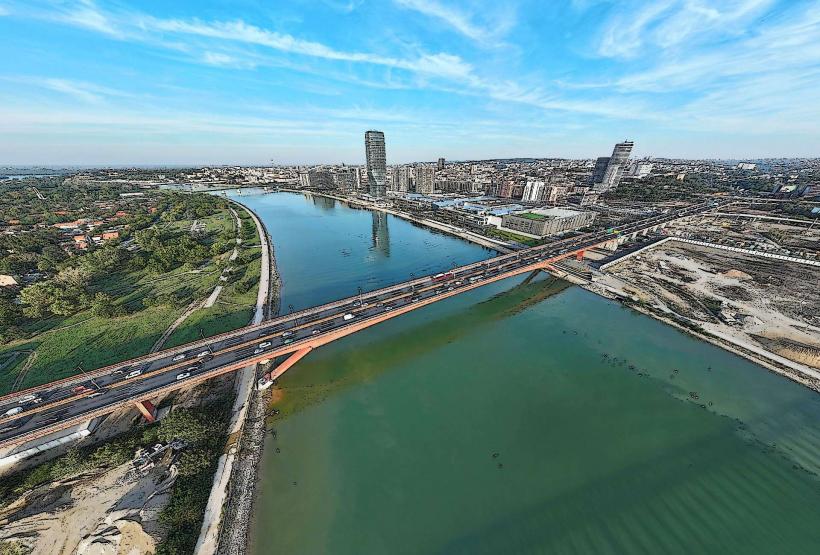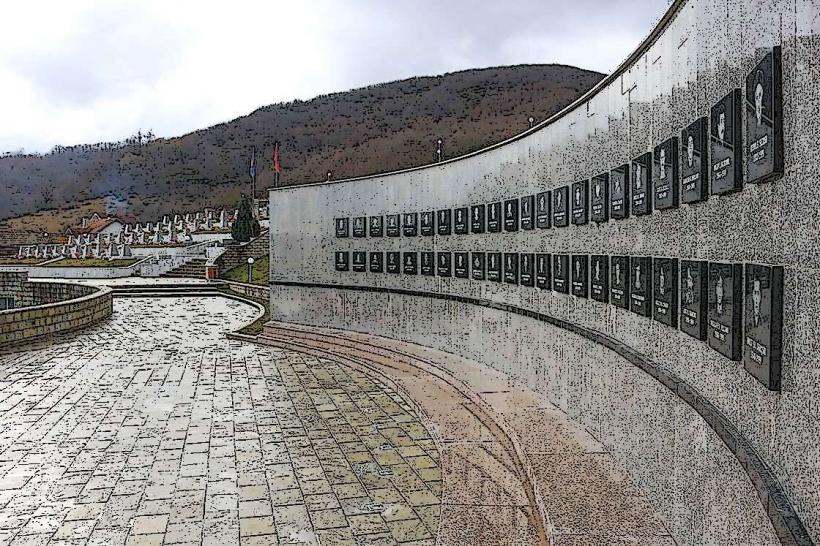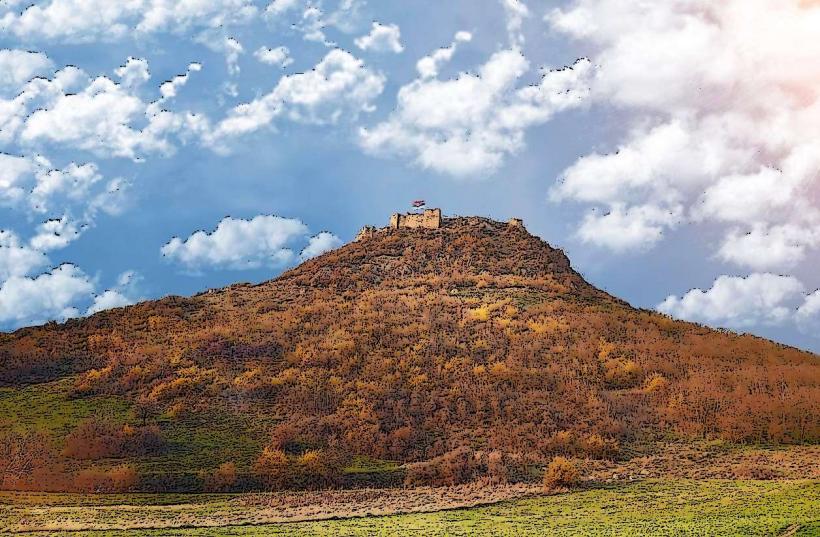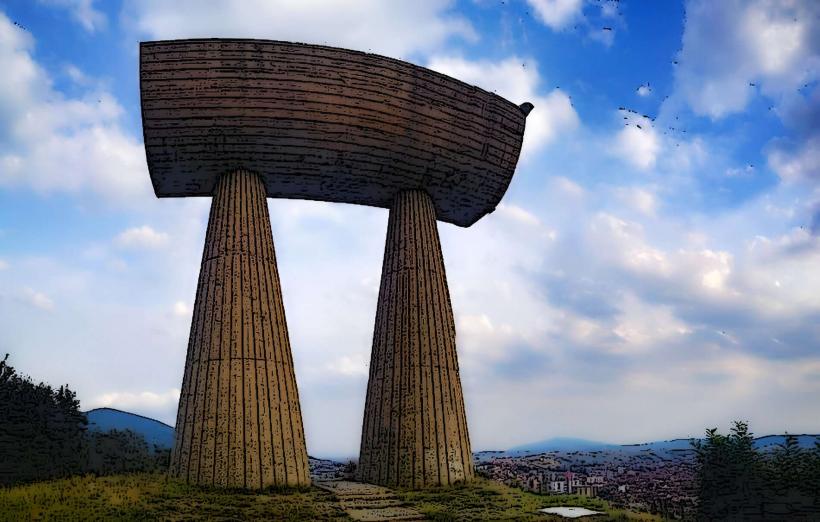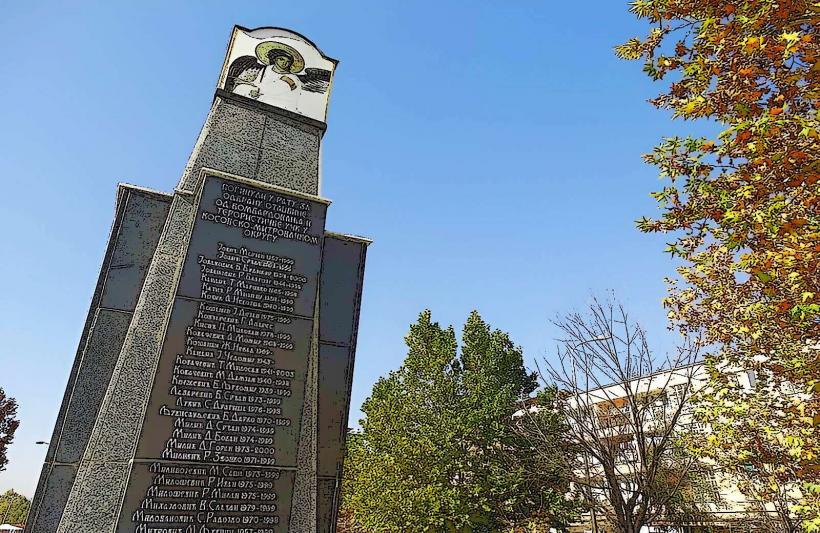Information
City: MitrovicaCountry: Kosovo
Continent: Europe
Mitrovica is a city located in the northern part of Kosovo, known for its historical significance, cultural diversity, and its role as a focal point for the region’s complex political and ethnic dynamics. Divided by the Ibar River, the city is marked by a stark contrast between the ethnic Albanians in the southern part and the ethnic Serbs in the northern part. This division has influenced the city's history, culture, and socio-political environment.
Geography and Location
Mitrovica lies in the northwestern part of Kosovo, situated at the intersection of major roadways connecting Kosovo with Serbia to the north. The city is approximately 40 kilometers from the Kosovo-Serbia border, making it a strategically important location in terms of transportation and regional politics.
The Ibar River, which runs through the city, has been a natural divide between the two ethnic communities. The southern part of the city is predominantly populated by ethnic Albanians, while the northern part is primarily inhabited by ethnic Serbs. The political division along the river has been a reflection of broader geopolitical tensions in Kosovo.
History
Mitrovica’s history stretches back to antiquity, with evidence of settlement from Roman, Byzantine, and Ottoman periods. The area was historically part of the Roman Empire, and later the Byzantine and Ottoman Empires, which left their mark on the city’s cultural and architectural development.
Roman Period: During the Roman Empire, Mitrovica, known then as Municipium Sacer or Sacer, was part of the province of Illyricum. The city's proximity to the important Roman trade route connecting the Adriatic Sea to the Balkans made it a key settlement.
Ottoman Period: In the Ottoman era, Mitrovica grew in importance as a trade and administrative center. The Ottomans left behind significant cultural influences, which can still be seen in the city’s architecture, such as bridges, mosques, and other buildings.
20th Century and Yugoslav Period: Mitrovica's position within Kosovo has been historically contested, particularly during the 20th century as Kosovo's status shifted under different political regimes. In the post-World War II era, Kosovo was part of the Socialist Federal Republic of Yugoslavia, and the city continued to serve as an important administrative and industrial center.
Ethnic and Political Tensions
One of the defining characteristics of Mitrovica today is the ethnic division between the Albanians in the southern part of the city and the Serbs in the northern part. This division has been at the heart of political and ethnic tensions in Kosovo, particularly since the breakup of Yugoslavia and Kosovo’s declaration of independence in 2008.
Post-1999 Kosovo War: After the Kosovo War (1998-1999), Mitrovica became a key flashpoint for ethnic violence. During the war, the city was divided along ethnic lines, with ethnic Albanians and Serbs living in separate areas. Following the conflict, the United Nations Interim Administration Mission in Kosovo (UNMIK) took control of the region, but the division persisted.
Kosovo Independence: Following Kosovo’s unilateral declaration of independence in 2008, Mitrovica became one of the key cities where tensions between the Albanian and Serbian communities were most evident. The northern part of the city, where ethnic Serbs form the majority, continues to reject Kosovo’s independence, while the southern part, where ethnic Albanians live, supports it. This division has led to clashes and tensions, particularly over the control of government institutions, police, and access to public services.
Ethnic Identity and Politics: The political situation in Mitrovica is heavily influenced by the broader Kosovo-Serbia conflict. The city's Serb population often looks to Belgrade for political and financial support, while the Albanians in the south align themselves with Kosovo’s independent government. This political divide is a reflection of the ongoing struggle for control over Kosovo's territory and sovereignty.
Economy
Mitrovica has traditionally been an industrial city, with a strong base in mining and metallurgy, particularly during the period of Yugoslavia. The Trepça mining complex, located near Mitrovica, is one of the largest mining operations in the Balkans, producing lead, zinc, and other metals. It played a central role in the city's economy and has been a source of economic prosperity, but also a point of contention between ethnic groups due to its control.
Post-War Economy: The economy of Mitrovica has struggled in the post-war years. While the mining industry remains important, political instability, lack of foreign investment, and the ongoing ethnic tensions have hindered significant economic development. Unemployment rates are high, and many young people leave the city in search of better opportunities.
Trepça Mines: The Trepça mining complex has been a major issue in Mitrovica’s political landscape. It is located in the north and is primarily operated by Serbs, but the Kosovo government has asserted control over it. This has been a source of disputes, as both the Serbian and Kosovo governments lay claim to the mine's revenues.
Culture and Society
Mitrovica is a melting pot of cultures, influenced by its long history under Roman, Byzantine, Ottoman, and Yugoslav rule. The city has been a crossroads of various ethnic and religious communities, and this is reflected in its rich cultural life.
Diverse Heritage: The city’s cultural heritage includes a mix of Albanian, Serbian, and Turkish influences, which can be seen in its architecture, food, music, and traditions. The Ibar River itself has served as a symbolic and literal divide between the cultures, influencing the development of separate communities on each side.
Education: Mitrovica has several educational institutions, including the University of Mitrovica, which serves both the Albanian and Serbian populations, though often in separate facilities and under different administrations. The university is an important institution for higher education in the region.
Language: Albanian is the official language of Kosovo, and it is widely spoken in the southern part of Mitrovica. Serbian is primarily spoken in the northern part, reflecting the broader ethnic division in the city.
Religious Life: Mitrovica has both Christian Orthodox and Muslim communities, with churches and mosques situated in both the northern and southern parts of the city. The presence of both communities is a testament to the city’s religious and cultural diversity, but it also underscores the division that exists between the two ethnic groups.
Challenges and Future Prospects
Mitrovica’s future remains uncertain, shaped by the ongoing political struggles between Kosovo and Serbia. The division of the city is not just physical but political, with both communities often at odds over governance, legal status, and identity.
Ethnic Divisions: The ethnic tensions between Albanians and Serbs continue to affect everyday life, limiting opportunities for collaboration and coexistence. However, there are efforts by local organizations and international bodies to foster dialogue and cooperation between the communities, with mixed results.
International Involvement: International actors, such as the European Union and the United Nations, continue to be involved in mediating peace and stability in Mitrovica and Kosovo more broadly. The future of the city will likely depend on the broader normalization of relations between Kosovo and Serbia and the region's integration into the European Union.
Conclusion
Mitrovica is a city defined by its complex history and political landscape. The divide between the ethnic Albanian and Serbian populations, along with the city’s strategic location, continues to make it a focal point for tensions in Kosovo. Despite these challenges, Mitrovica remains an important cultural and economic hub in the region, with a potential for future growth and reconciliation, depending on how the political situation develops.

